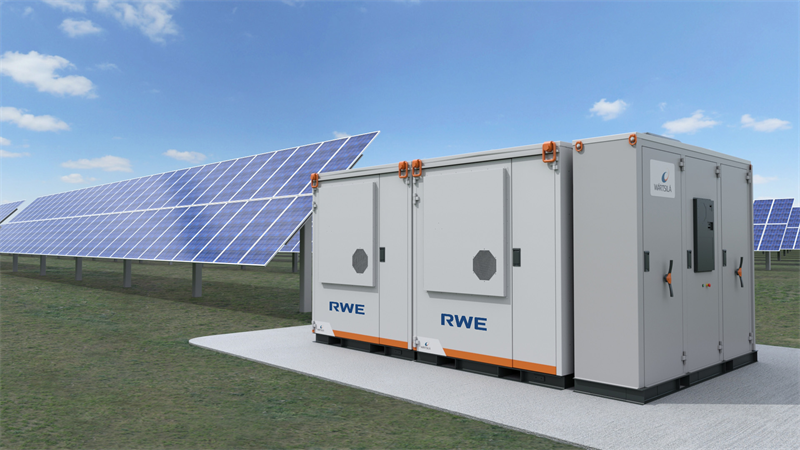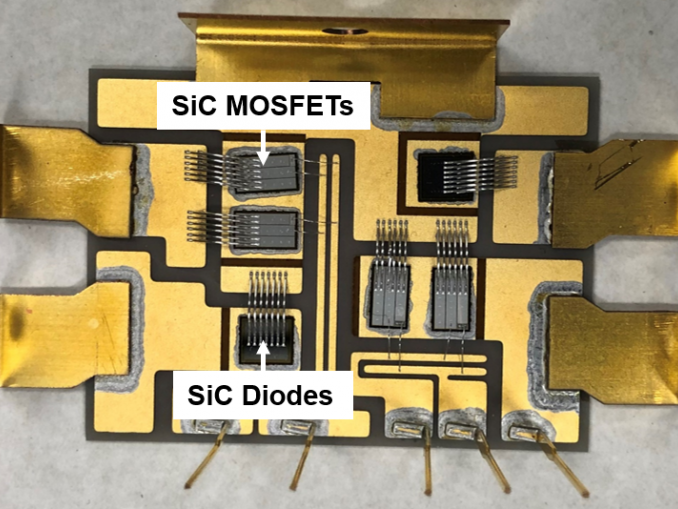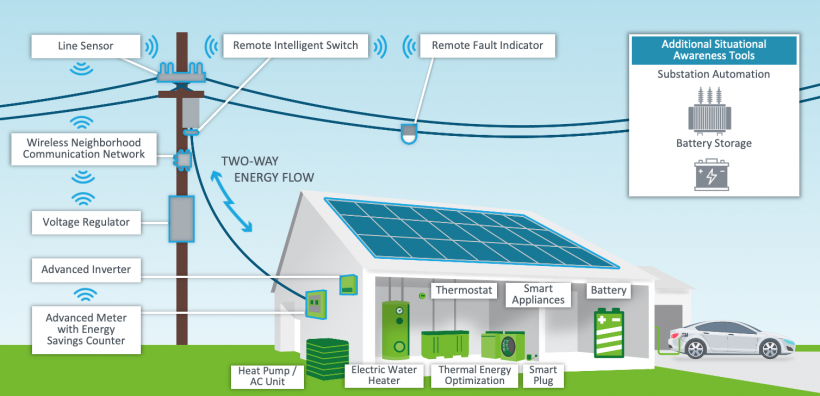Solar panels have one job: They collect sunlight and transform it into electricity. But they can make that energy only when the sun is shining. That’s why the ability to store solar energy for later use is important: It helps to keep the balance between electricity generation and demand. Lithium-ion batteries are one way to store this energy—the same batteries that power your phone.
Why lithium?
There are many ways to store energy: pumped hydroelectric storage, which stores water and later uses it to generate power; batteries that contain zinc or nickel; and molten-salt thermal storage, which generates heat, to name a few. Some of these systems can store large amounts of energy.
Lithium is a lightweight metal that an electric current can easily pass through. Lithium ions make a battery rechargeable because their chemical reactions are reversible, allowing them to absorb power and discharge it later. Lithium-ion batteries can store a lot of energy, and they hold a charge for longer than other kinds of batteries. The cost of lithium-ion batteries is dropping because more people are buying electric vehicles that depend on them.
While lithium-ion battery systems may have smaller storage capacity in comparison to other storage systems, they are growing in popularity because they can be installed nearly anywhere, have a small footprint, and are inexpensive and readily available—increasing their application by utilities. Growth in the electric vehicle market has also contributed to further price decreases given that the batteries are an essential component. In fact, more than 10,000 of these systems have been installed throughout the country, according to "U.S. Energy Storage Monitor: Q3 2018" from GTM Research, and they accounted for 89% of all new energy storage capacity installed in 2015.
What’s a solar-plus-storage system?
Many solar-energy system owners are looking at ways to connect their system to a battery so they can use that energy at night or in the event of a power outage. Simply put, a solar-plus-storage system is a battery system that is charged by a connected solar system, such as a photovoltaic (PV) one.
Solar plus Storage System
In an effort to track this trend, researchers at the National Renewable Energy Laboratory (NREL) created a first-of-its-kind benchmark of U.S. utility-scale solar-plus-storage systems. To determine the cost of a solar-plus-storage system for this study, the researchers used a 100 megawatt (MW) PV system combined with a 60 MW lithium-ion battery that had 4 hours of storage (240 megawatt-hours). A 100 MW PV system is large, or utility-scale, and would be mounted on the ground instead of on a rooftop.
Stop right there. What is a megawatt-hour?
A megawatt-hour (MWh) is the unit used to describe the amount of energy a battery can store. Take, for instance, a 240 MWh lithium-ion battery with a maximum capacity of 60 MW. Now imagine the battery is a lake storing water that can be released to create electricity. A 60 MW system with 4 hours of storage could work in a number of ways:
Energy Flow: Maximum versus Half
So you can get a lot of power in a short time or less power over a longer time. A 240 MWh battery could power 30 MW over 8 hours, but depending on its MW capacity, it may not be able to get 60 MW of power instantly. That is why a storage system is referred to by both the capacity and the storage time (e.g., a 60 MW battery with 4 hours of storage) or—less ideal—by the MWh size (e.g., 240 MWh).
240 megawatt-hour battery used three ways
How much utility-scale lithium-ion energy storage is installed in the country?
From 2008 to 2017, the United States was the world leader in lithium-ion storage use, with about 1,000 MWh of storage, and 92% of it, or about 844 MWh, is deployed by utilities, according to the benchmark report. The average duration of utility-scale lithium-ion battery storage systems is 1.7 hours, but it can reach 4 hours. Batteries account for the biggest share of a storage system’s cost right now—a storage system contains an inverter and wiring in addition to the battery—and utilities will need big battery packs if they’re going to provide backup power for all of their customers.
OK, but how many PV-plus-storage systems are installed in the country?
Solar plus storage systems installed in the United States
According to NREL, there’s only one utility-scale PV system in the United States connected to storage, and it’s a 13 MW PV plant with 52 MWh of storage in Kauai, Hawaii. There are more systems that have storage co-located with a solar array, but those batteries can be charged by other sources of power on the grid. According to GTM Research’s “U.S. Energy Storage Monitor 2017 Year in Review,” more than 5,500 energy storage systems are installed in the U.S., in the residential and commercial sectors with over 95% connected to PV in the residential sector at the end of 2017, which amounts to about 4,700 systems. By the end of 2018, GTM estimates that solar-plus-storage will have accounted for about 4% of distributed PV and could reach 27% by 2023.
So, what will it cost to build a solar-plus-storage plant?
That depends on how long you want your storage to last and how much power you want to use.
A standalone 60 MW storage system will decrease in cost per megawatt-hour (MWh) as duration increases. Meaning, the longer your storage lasts, the lower the cost per MWh. That’s because the cost of inverters and other hardware account for more of the system’s costs over a shorter period.
Battery storage cost by time
The system costs range from $380 per kWh for those that can provide electricity for 4 hours to $895 per kWh for 30-minute systems.
All right, so what will a 100-megawatt PV system with a 60-megawatt lithium-ion battery with 4 hours of storage cost?
Well, we have some options there too:
Solar plus storage cost breakdown
Putting a PV system and a storage system in the same place, known as co-location, enables the two systems to share some hardware components, which can lower costs. Co-location can also reduce costs related to site preparation, land acquisition, labor for installation, permitting, interconnection, and developer overhead and profit.
When PV and battery storage are co-located, they can be connected by either a DC-coupled or an AC-coupled configuration. DC, or direct current, is what batteries use to store energy and how PV panels generate electricity. AC, or alternating current, is what the grid and appliances use. A DC-coupled system needs a bidirectional inverter to connect battery storage directly to the PV array, while an AC-coupled system needs a bidirectional inverter and a PV inverter. Various factors figure into the choice of system, and it’s up to the owner to decide which would work best.
When choosing between DC and AC, the technical factors that affect the system’s performance must be considered, as well as costs. The cost of the co-located, DC-coupled system is 8% lower than the cost of the system with PV and storage sited separately, and the cost of the co-located, AC-coupled system is 7% lower. NREL’s new cost model can be used to assess the costs of utility-scale solar-plus-storage systems and help guide future research and development to reduce costs.
Where is this all going?
As solar energy becomes cheaper and more widely used, the market potential for energy-storage devices grows. The challenge is making storage affordable too, with cheaper batteries while improving management and integration techniques. The goal, of course, is to make sure the U.S. electric grid can deploy enough energy to accommodate everyone during peak times at an affordable cost, ensuring the reliability of the grid.
Continuer à lire

Subscribe to our newsletter
Promotions, new products and sales. Directly to your inbox.


